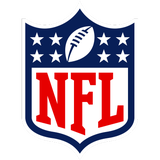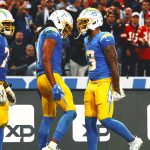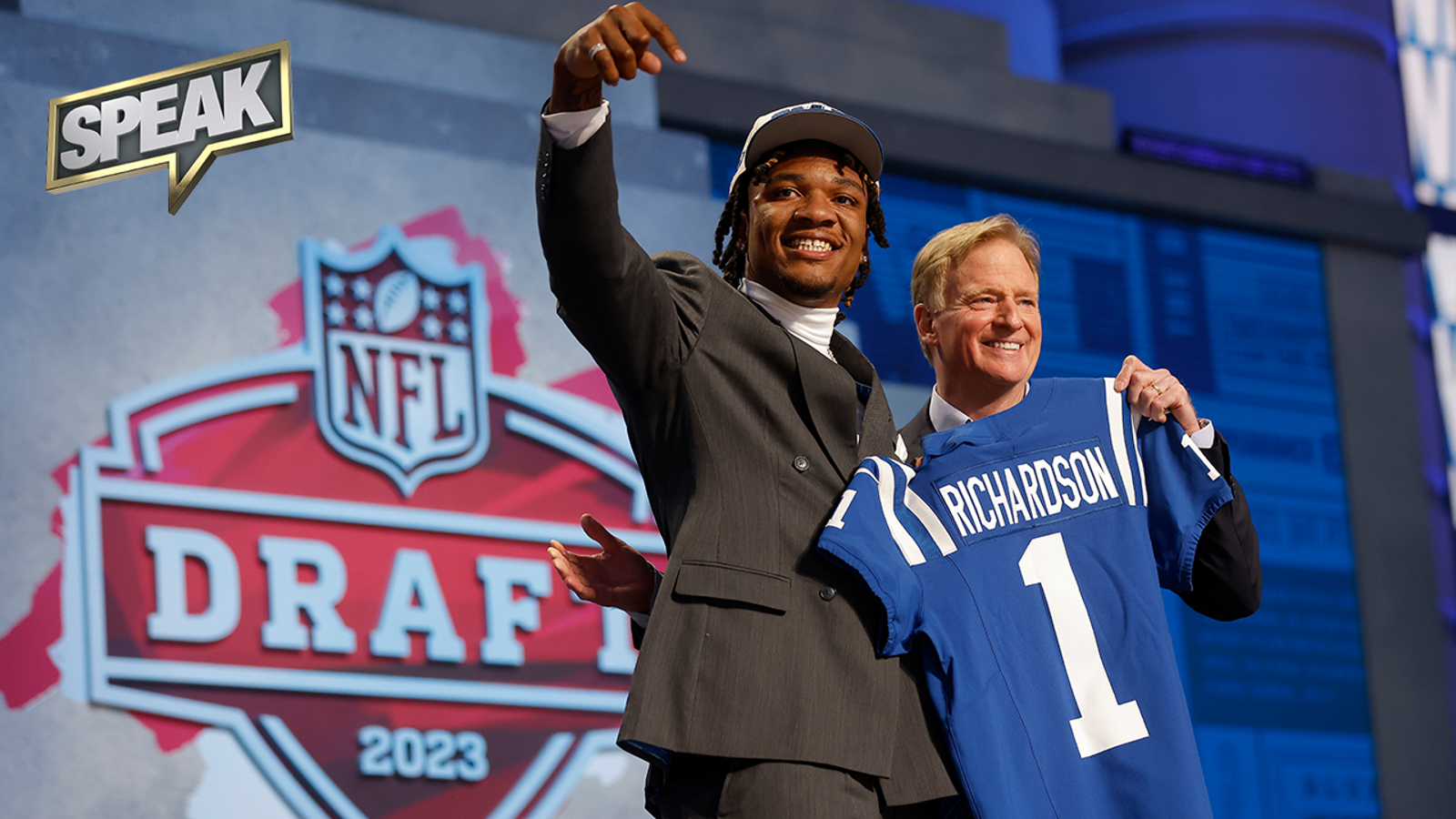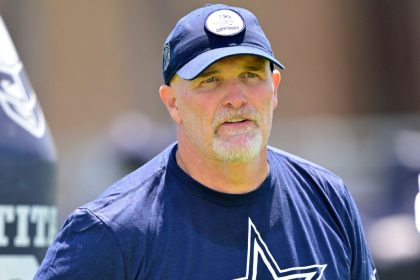The NFL offseason is officially underway, with the 2023 draft class making its mark in minicamps across the league. Although the rookie minicamps are a small piece of the offseason puzzle, they allow executives, scouts and coaches to look at the first-year players stepping into the league this season.
In addition, the rookie minicamps enable newcomers to get a taste of the NFL before the veterans join the party for OTAs and training camps. Given the importance of rookie minicamps on the team-building process, here are five takeaways from the minicamp season:
Welcome to the NFL
Rookie minicamps are an orientation for recent draftees, undrafted free agents and tryout players. The three-day session exposes players to the team’s daily schedule, practice routine and strength and conditioning program. Although most teams will modify the schedule to avoid overwhelming the players with new information and a rigorous workload, the minicamp enables players to get a feel for how the team operates and where they need to improve before returning to their college campuses and private training facilities to prepare for offseason workouts and training camp.
With each rookie receiving an iPad with the playbook and film library downloaded, the players can start mastering the scheme, terminology and adjustments needed to step into the huddle when the veterans join workouts. Given the importance of execution in an ultra-competitive league in which most games are decided by eight points or fewer, quickly deciphering and comprehending the playbook could be the difference between making the team or bouncing around the league as a journeyman.
The first impression matters
Despite the efforts of executives, coaches and scouts to downplay the importance of performing well at rookie minicamp, the performance of players at the orientation plays a significant role in how evaluators view a player. Though workouts in helmets, jerseys and shorts differ vastly from playing the game in pads, coaches and scouts seek an immediate “wow” factor from rookies during practices to validate their draft status or inclusion on the team. Whether it is a flash of strength, power or speed in an individual drill or a display of timely playmaking in a team period (seven-on-seven, nine-on-seven and team drills), a player can pique the interest of coaches and scouts looking for a potential contributor or difference-maker.
ADVERTISEMENT
While draftees are given top priority regarding roles and responsibilities, a free agent can jump onto the radar as a legitimate roster candidate with a solid first impression. Although much work must be done to make the dream a reality, a standout performance at a three-day orientation is an excellent start.
Who is the diamond in the rough?
Teams frequently invite a handful of players to try out for the team during rookie minicamp. The veterans might have been out of the league due to injuries or other circumstances, but they are given a chance to earn a spot on the training camp roster with a solid showing over the weekend. Sometimes a veteran must show the coaches and scouts that he is fully recovered from an injury or has shaken off the rust from an extended layoff to receive an invitation to participate in the offseason program and training camp.
For instance, former first-round pick Shane Ray signed a deal with the Buffalo Bills this week after impressing evaluators with his work at minicamp. After a five-year sabbatical from the NFL, the veteran’s strong performance as a pass rusher earned him an extended look from a team hoping to add more disruptive defenders to the lineup.
Adapt and adjust
The league’s evolution to a player-centric approach has resulted in more teams building schemes around the strengths of their players. Instead of forcing players to fit into a rigid system that features a series of established plays based on the coaches’ preference, coaches evaluate their players in OTAs and minicamps and build playbooks around the top players’ individual and collective talents.
Although there is a skeletal system in place, the coaches will add or delete pages of the playbook based on the strengths of their blue-chip players. Offensively, the playbook edits start with the plays that ideally suit the quarterback’s game. For instance, the Indianapolis Colts are experimenting with various RPOs (run-pass options), movement passes and designed quarterback runs to exploit Anthony Richardson‘s spectacular athletic talents.
As a 6-foot-4, 244-pound sprinter with 4.43 speed and exceptional arm talent, the No. 4 overall pick has the potential to execute the plays that helped Cam Newton and Josh Allen take the league by storm. Moreover, the rookie playmaker displays rare gifts as a dual-threat quarterback that exceed the talent of Shane Steichen’s most recent protégé, Eagles star Jalen Hurts. Though it is too early to predict if Richardson will be able to play up to the MVP candidate’s level, the Colts have a blueprint to follow to help their young quarterback succeed early in his career.
Richardson under most pressure of 2023 QB draft class?
Emmanuel Acho, Joy Taylor, LeSean McCoy and David Helman debate which QB taken in this draft class is under the most pressure.
Trust the process
Despite the urgent nature of the NFL, coaches must resist the temptation to do too much too soon with the rookies. Although the 2023 class features a collection of intriguing athletes and playmakers with outstanding skill and potential, the best coaches treat the lead-up to the regular season like a marathon.
Coaches will map out an installation plan that factors in the rookie learning curve while also challenging the youngsters to quickly catch up to their veteran teammates’ knowledge and expertise. The delicate balance of the “push-and-pull” approach should prompt coaches to install and re-install the scheme multiple times throughout OTAs, minicamps and training camps.
With the process starting during the rookie minicamp, coaches must monitor their rookies’ development to determine how quickly they can move on to the advanced concepts in the playbook. Whether the coaches administer quizzes or thoroughly evaluate the practice tapes to assess each rookie’s progress throughout the offseason, the staff must constantly tweak and adjust the plan to ensure that the rookies know precisely what to do and how to do it.
Given the importance of rookie contributions on most teams, executives, coaches and scouts must place their hope and faith in the developmental process to stay ahead of the competition.
Bucky Brooks is an NFL analyst for FOX Sports. He regularly appears on “Speak For Yourself” and also breaks down the game for NFL Network and as a cohost of the “Moving the Sticks” podcast. Follow him on Twitter @BuckyBrooks.
NFL trending

Get more from National Football League Follow your favorites to get information about games, news and more












